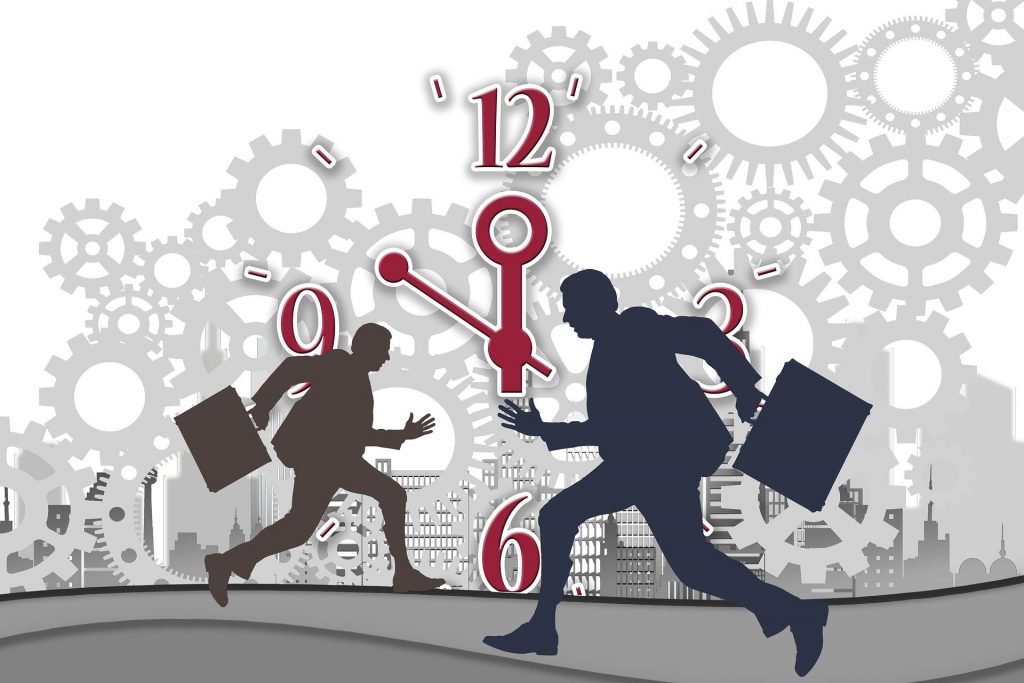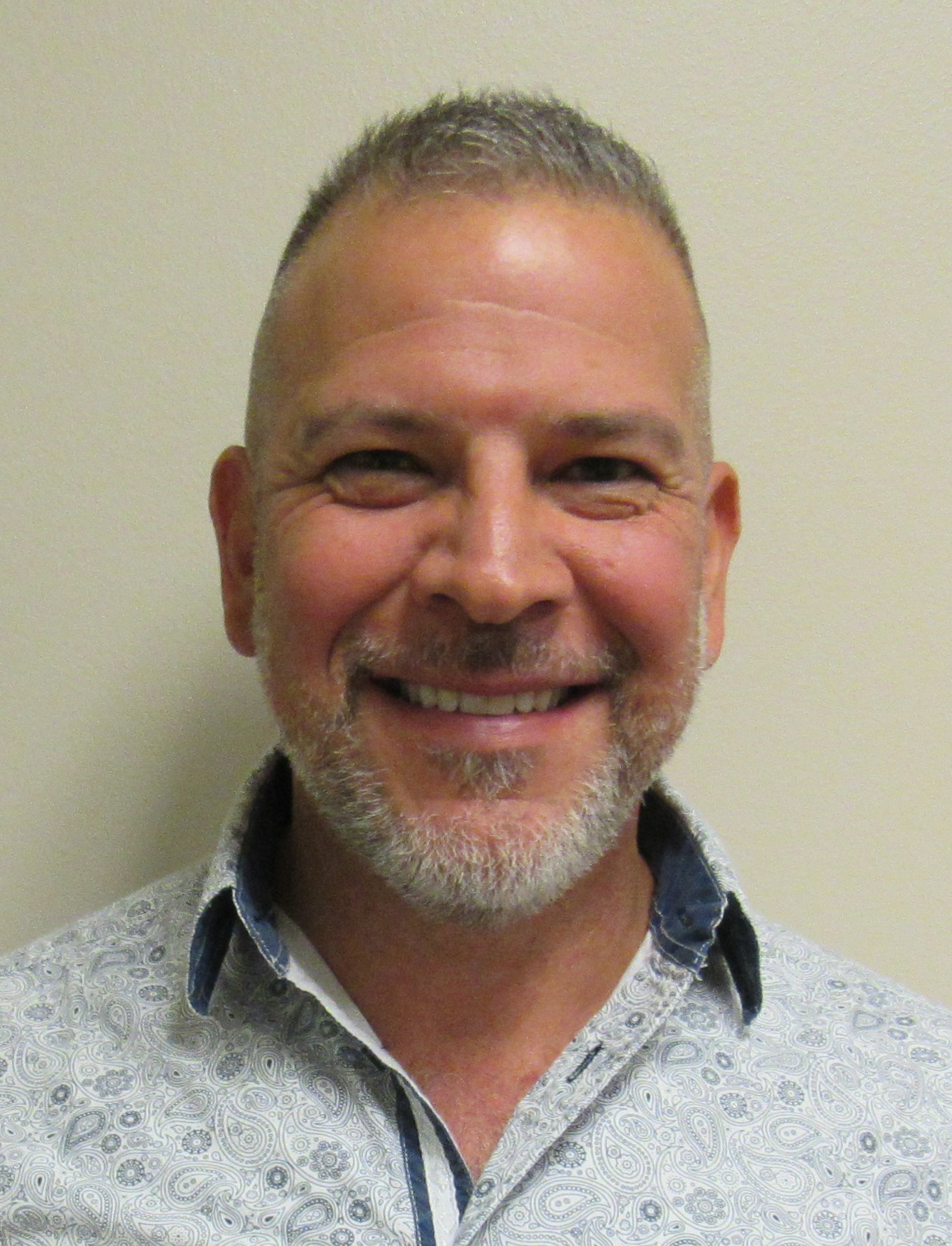
Could life be as simple as ‘fall down 7 times and get up 8?’
The International Psychogeriatrics Journal published an article describing the commonalities in people between the ages of 90 and 101. Their common traits include stubbornness, optimism, a domineering streak, and a bond with a higher power, family, and the land. These psychosocial traits complement the behavioral traits of centennials in Blue Zones, which include prayer, plant based diets, consistent movement, socialization, and meaningful intentions. These commonalities reflect lifestyle adaptations over time.
One hundred years occurs with the experience of tremendous adversity. Managing this duration is ‘characterized by a balance between acceptance of and grit to overcome adversities.’
What occurs is, a level of ‘stability through change,’ also known as Allostasis, the body’s adjustments to external demands.Adapting to stressful challenges involves activation of neural, neuroendocrine, and neuroendocrine-immune mechanisms. Allostasis is the new homeostasis.
Allostasis parallels the construct of adapting and coping. Physiological, psychosocial, and behavioral traits are dynamic and responsive to the immediate adversities. Now the body and the brain are connected. Allostasis explains psychosocial rhythms through cognitive and physiological responses over time. Our thoughts contribute to the body’s reactions and behaviors. As humans, we manage daily stressors and endure life stressors. The duration of these stressors refers to an ‘Allostatic Load,’ which is the wear and tear on the body and brain from chronic over-activity of physiological systems. A prolonged ‘Allostatic Load’ results in breakdown. Therefore, our psychosocial construct correlates with our ability to carry the load.
Without reviewing, try to account for as many variables that contribute to our psychosocial construct.
The ones that may have escaped you include the childhood events, developmental experiences, inherent grit, social support, socioeconomic status, education, and overall self-efficacy (this list is not totally inclusive). Consider then, what it means to carry an allostatic load,
Several concepts come to the forefront.
- There must be a breaking point with negative consequences.
- There must be some preloading of resources for optimal success.
- There must be risk factors that compromise the endurance.
- There must be some manner or ability to improve one’s own self-efficacy to recover when the Allostatic Load tips the balance.
This may help us understand the connection between health and disease; as well as, the connection between flexibility and strength (physical & mental). For example, we might better understand chronic fatigue syndrome, chronic headaches, irritable bowel syndrome, and fibromyalgia, diagnoses with a heavy psychosocial overlay all too familiar.
There is no doubt that the body and mind pay a price for being forced to adapt to prolonged adversity. The cost represents either too much stress or the inefficient cognitive, behavioral, and physiological skills and operations.
Chronic stress exemplifies the importance of our thoughts. Cognitive and behavioral relations have a critical role in determining what is stressful, and in this regard, our perceptions differ in at least three ways. The first is interpretation of an event. Another individual difference is the condition of the mind and body. Thirdly, personal behaviors, such as choice of diet, smoking, alcohol intake, socialization, and exercise, contribute to the management of stress or not. The concept of ‘Allostatic Load’ clarifies the importance of cognitive, behavioral, and physiological traits. Insert the biopsychosocial model here, the totality of someone’s construct.
Think about all of this for another minute, .
The consequences of Allostatic Load potentially explain causes of psychosomatic expressions and systemic illnesses. Chronic stress can become cardiovascular disease for physiological breakdown and depression for mental fatigue. Individual differences are an accumulation of wear and tear of daily experiences and major life stressors. Mounting evidence supports the notion that chronic life stress, whether environmental or psychosocial, contributes to physiological dysregulation, poor mental and physical health, chronic disease, and diminished longevity, particularly in vulnerable or disadvantaged individuals (McEwen, 1998; Piazza, Stawski, & Sheffler, 2018). We’ve addressed 3 of the 4 allostatic load concepts.
Now, imagine what your intervention for someone needing stress management skills and resilience to overcome adversity.
The question then becomes, can we offer change through insight into the protective roles that self-efficacy, resilience, connectedness, movement, and spirituality play within the context of adversity? Of course, we can! This is the full application of the biopsychosocial model. Whereas, the ‘Allostatic Load’ represents the biomedical components. The social components may be those that set up the management of the Allostatic Load (effectively or not). And, we PTs seemingly understand the psychological components well. The bottom line is that over the course of the last 100 hundred years, medicine has moved from an infectious disease model to a behavioral model. Understanding Allostatic Load holds promise for identifying critical periods for intervention before the balance is tipped, and offers us direction for their management after the balance is tipped (when we see them). Regardless, we need to ensure that we have a good answer for the question above, if we are going to make a difference as a profession when considering the management of chronic stress and its consequences, particularly as life spans and populations continue to increase.
McEwen, B. S. (1998). Stress, adaptation, and disease: Allostasis and allostatic load. Annals of the New York academy of sciences, 840(1), 33-44.
Piazza, J. R., Stawski, R. S., & Sheffler, J. L. (2018). Age, daily stress processes, and allostatic load: a longitudinal study. Journal of aging and health, 0898264318788493.
